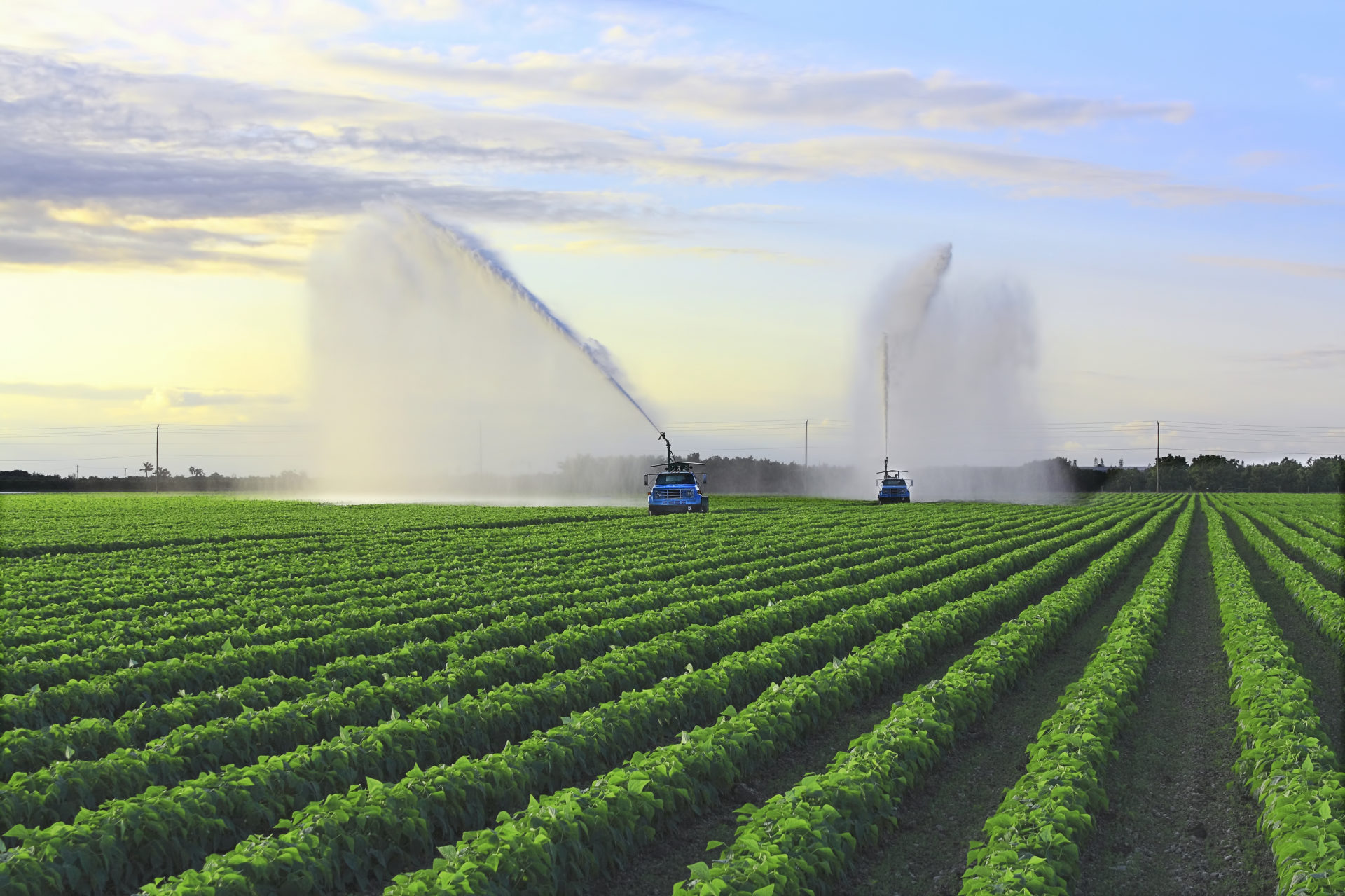Major changes in future rainfall will affect food supplies

A new study, co-authored by water@leeds member Professor Andy Challinor, suggests that climate change will affect regional precipitation and hence food supply. However, based from a study made by an international team of scientists, only a few regions around the world are currently undergoing precipitation changes that can be attributed to climate change. The study emphasises that knowing when such changes are projected to emerge outside natural variability—the time of emergence (TOE)- would be critical in taking the appropriate adaptation response.
In a study published in the journal Proceedings of the National Academy of Sciences, warns that up to 14% of land dedicated to wheat, maize, rice and soybean could have less rainfall, while up to 31% may see increases in rainfall. The authors cite earlier decreasing precipitation TOE emerges in Mexico and southern Africa for wheat than in the annual mean calculation. In Europe, a decreasing precipitation TOE will affect a larger area of maize production compared with the annual mean calculation. On the other hand, enhanced runoff specifically in high-yielding regions in China, India, and the eastern United States suggests a higher frequency of flooding events in all three regions. Potentially higher yields due to enhanced precipitation may therefore be negated by more flood events without investment in infrastructure and other adaptation measures. The authors also highlight that the worst effects of a warming climate could be mitigated by reducing greenhouse gas emissions.
Full article can be found here
